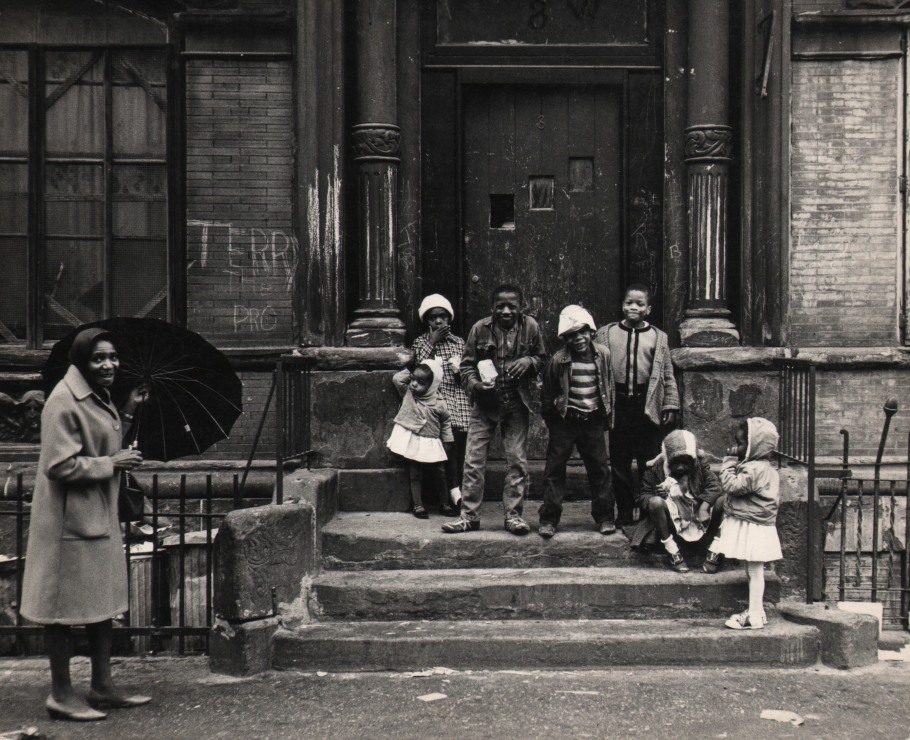

01. Anthony Barboza, Shawn Walker, International Black Photographers Annual, 1973
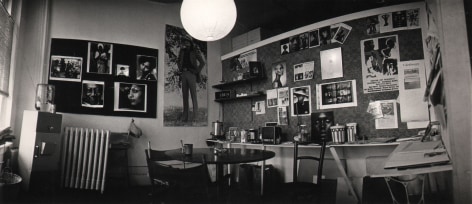
02. Anthony Barboza, My Studio, 10 West 18th Street, NYC, 1970s
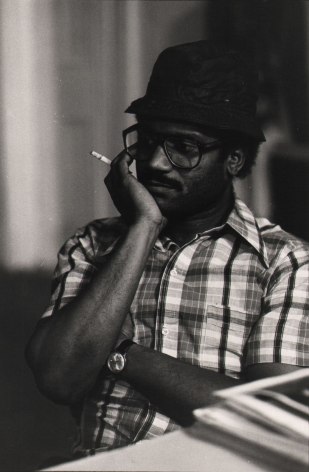
03. Anthony Barboza, Beuford Smith, First Black Photographers Annual Meeting, NYC, 1970s
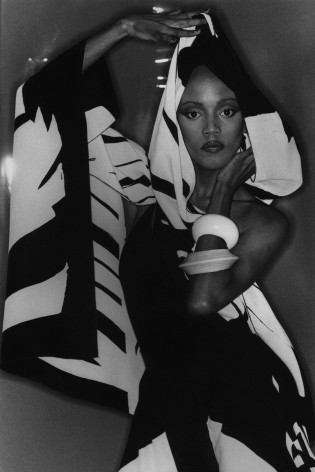
04. Anthony Barboza, Toukie Smith, 1980s

05. Anthony Barboza, Iman, 1970s
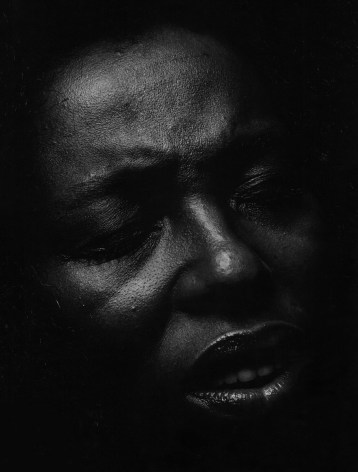
06. Anthony Barboza, Roberta Flack, singer, for Essence Magazine, 1970s
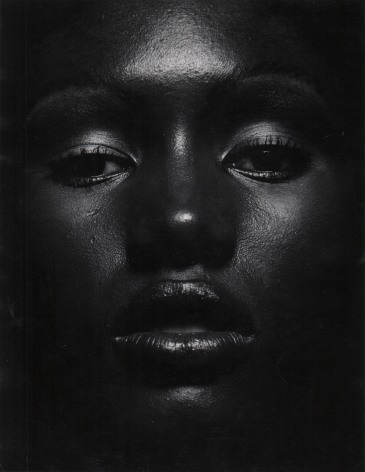
07. Anthony Barboza, Grace Jones, 1970s
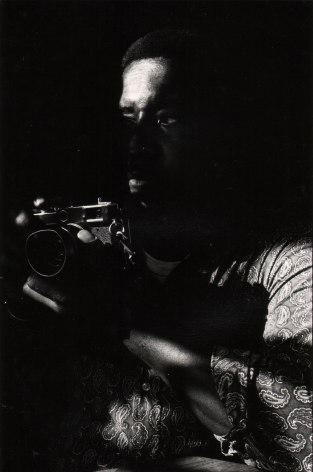
08. Anthony Barboza, Lou Draper, 1970s

09. Anthony Barboza, Harlem, NY, 1970
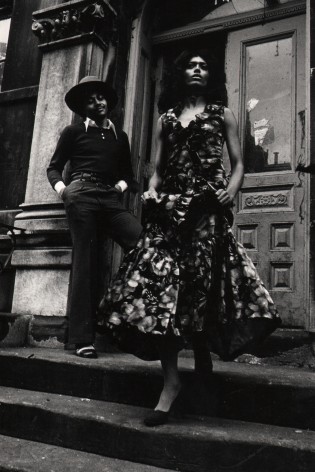
10. Anthony Barboza, Harlem, NY, 1970s
11. Anthony Barboza, Coney Island, NY, 1970s
12. Anthony Barboza, Coney Island, NY, 1970s
13. Anthony Barboza, Central Park, NY, 1970s
14. Anthony Barboza, Jacksonville, Florida, 1960s
15. Anthony Barboza, NYC, 1970s
16. Anthony Barboza, NYC, 1970s
17. Anthony Barboza, Coney Island, NY, 1970s
18. Anthony Barboza, Coney Island, 1970s
19. Shawn Walker, Drugs, Essence Magazine, 1960s
20. Shawn Walker, Drugs, Essence Magazine, 1960s
21. Shawn Walker, Halloween, Brooklyn, 1960s
22. Shawn Walker, Untitled, c. 1965
23. Shawn Walker, HarYourAct, 1963
24. Shawn Walker, Harlem, 117th Street, 1960s
25. Shawn Walker, Untitled, c. 1970
26. Beuford Smith, NO and KEEP OFF, Harlem, 1982
27. Beuford Smith, Harlem, NY, n.d.
28. Beuford Smith, Two Buttons, n.d.
29. Beuford Smith, Boy in Street, Brooklyn, 1969
30. Beuford Smith, Say Man, Harlem, 1969
31. Beuford Smith, Harlem Children, Easter Sunday, 1965
32. Beuford Smith, I Have a Dream: The Assassination of Martin Luther King, Jr., April 5, 1968
33. Beuford Smith, I Have a Dream: The Assassination of Martin Luther King, Jr., April 5, 1968
34. Beuford Smith, Boy & Doll, Lower East Side, NYC, 1966
35. Beuford Smith, Three Girls, Bronx, 1968
36. Beuford Smith, Boy with Umbrella, 1973
37. Beuford Smith, Untitled, c. 1970
Keith de Lellis Gallery presents the work of three early Kamoinge photographers for this winter exhibition. The name “Kamoinge” comes from the Kikuyu language of Kenya and means a group of people acting together. The Kamoinge mission statement: To HONOR, document, preserve, and represent the history and culture of the African Diaspora with integrity and respect for humanity through the lens of Black photographers.” (Kamoinge.com).
Beginning in 1963 and continuing into the present day, Anthony Barboza (b. 1944 New Bedford, MA) has enjoyed a long career in photography, capturing his subjects both on the street and in the studio. Perhaps best known for his photographs of singers and jazz musicians in the 1970s and '80s, Barboza's subjects span a wide range, from high-profile celebrities to anonymous children on the street of New York City. Barboza's photographs have appeared in numerous publications, including The New Yorker, Sports Illustrated, Newsweek, LIFE Magazine, and Vogue. In the early days of Barboza's interest in photography, he was introduced to Kamoinge, and served as president of the organization from 2005–2016.
Founder of Cesaire Photo Agency and cofounder of the Black Photographer's Annual, Beuford Smith (American, b. 1941) has enjoyed a diverse and celebrated career in image-making. His clients include Black Star, AT&T, Emory University, Merrill Lynch, Avon, and GE. He received a New York Foundation for the Arts Fellowship in 1990 and 2000, a Light Work Artist-in-Residence Fellowship in 1999, and an Aaron Siskind Foundation Fellowship in 1998. Smith was a founding member, and later served as president, of Kamoinge. Among Smith's work is an emotional set of photographs exploring the Black community's anguish the day after the assassination of Martin Luther King, Jr.
Harlem native Shawn Walker (American, b. 1940) was invited to Kamoinge in 1963, having been interested in photography since childhood. “I knew this was going to be a life-saving event for me. I was the youngest and least knowledgeable in the group. [Kamoinge members] Louis Draper and Adger Cowans had degrees in art. I was a high school dropout, but fortunately, I had been exposed to stuff so I wasn’t out of my league. It was a mentor/big brother kind of thing. You always had somebody to talk to. That’s a rare thing. Imagine having 12 guys you could rely on for information,” Walker says (Document Journal). Walker has taught photography for decades now, first at Queensboro College, then York College, and finally Columbia University Teacher’s College. At the beginning of 2020, his archive of nearly 100,000 photographs, negatives, and transparencies was acquired by the Library of Congress.
The photographs of these three distinguished artists can be found in the collections of the Museum of Modern Art, the New York Public Library, Princeton University, the Virginia Museum of Fine Arts, the Studio Museum in Harlem, the Brooklyn Museum of Art, the Library of Congress, and more.
This exhibition will be on view at the Keith de Lellis Gallery through February 2021.


























